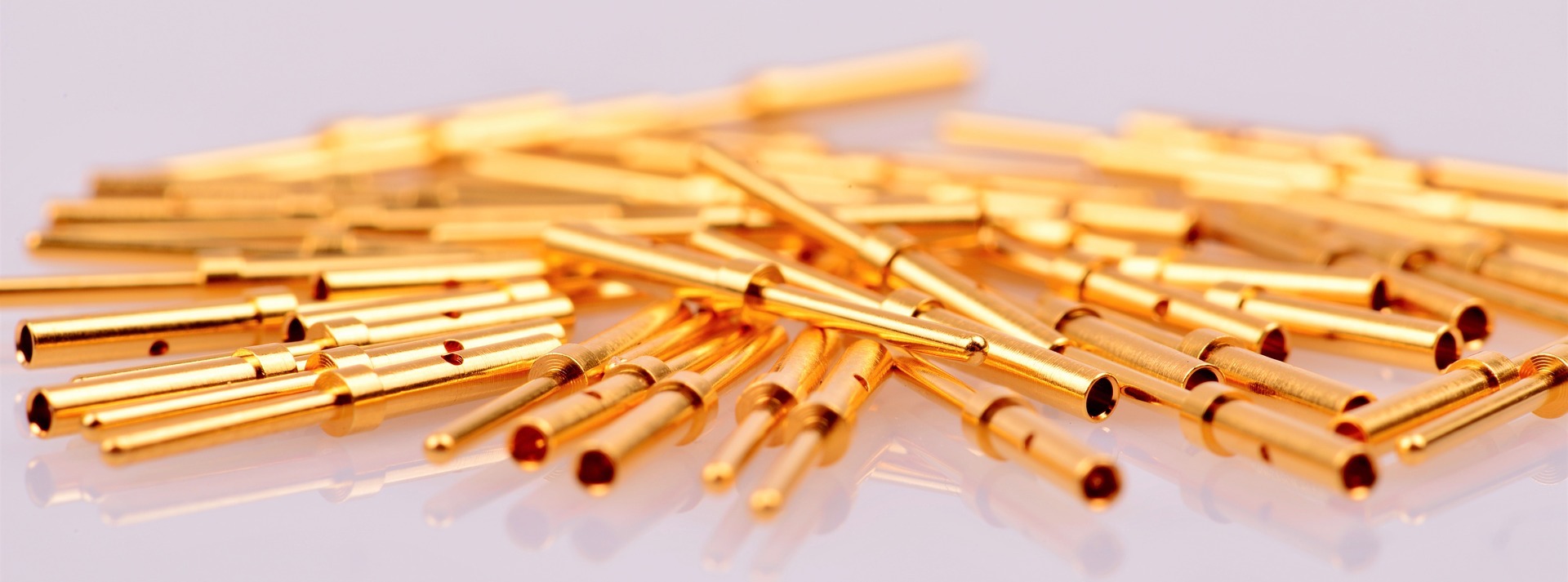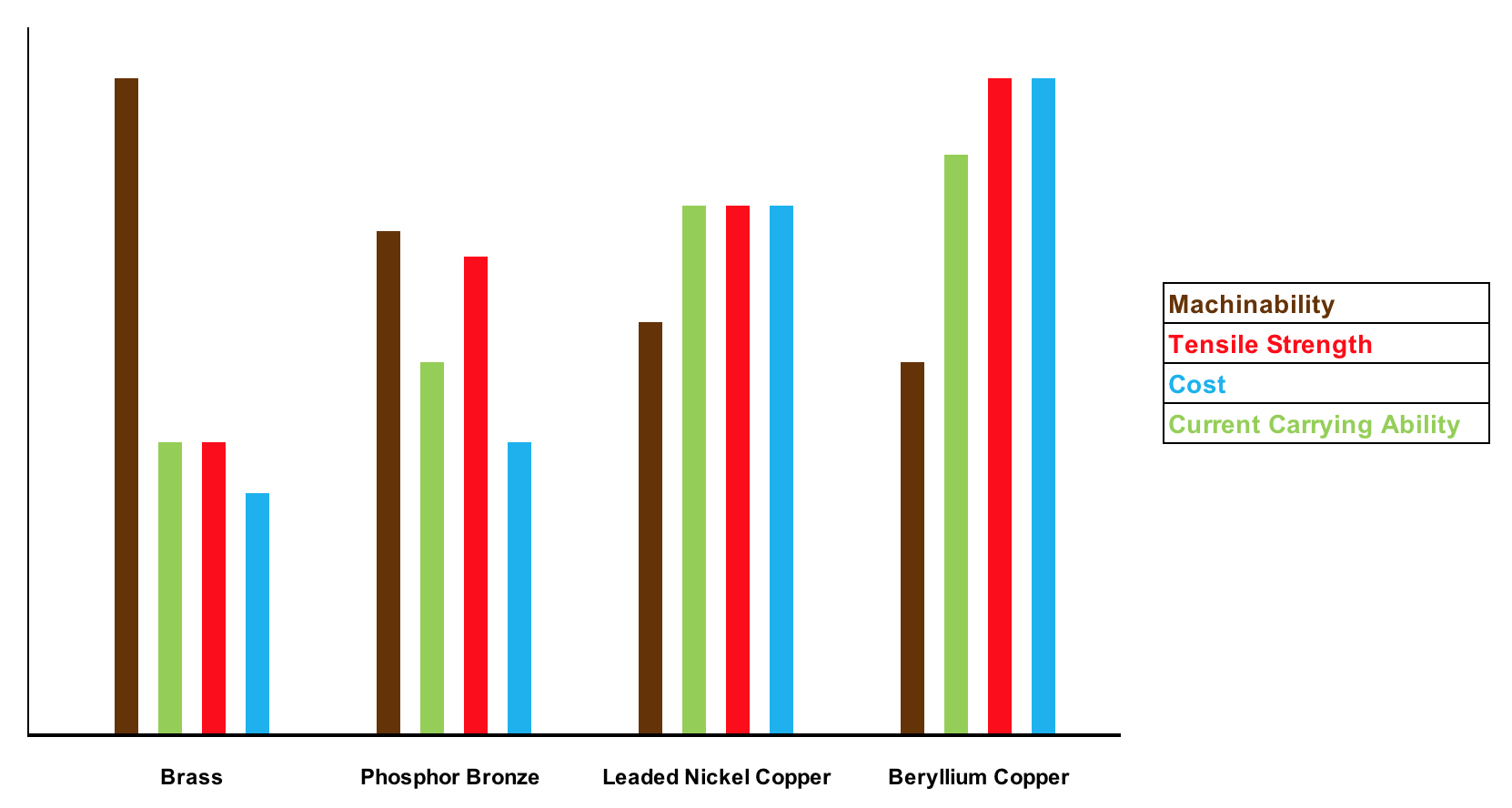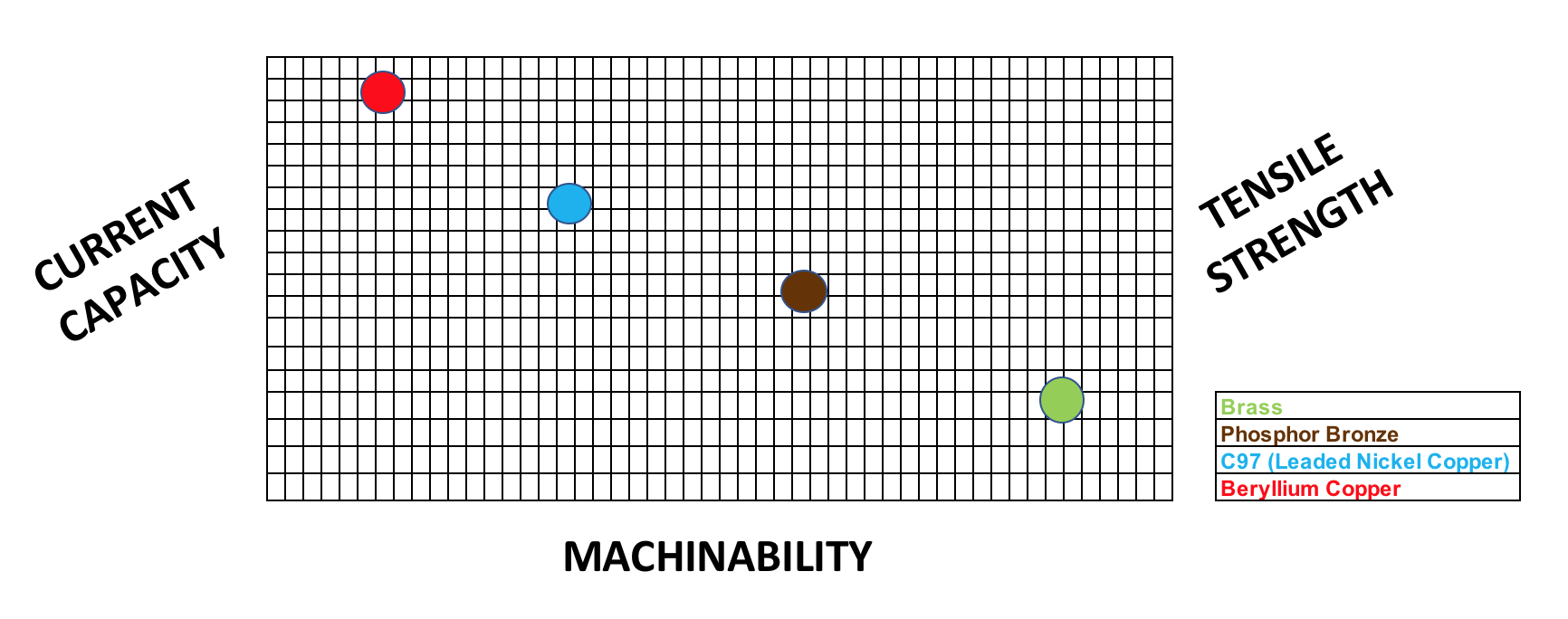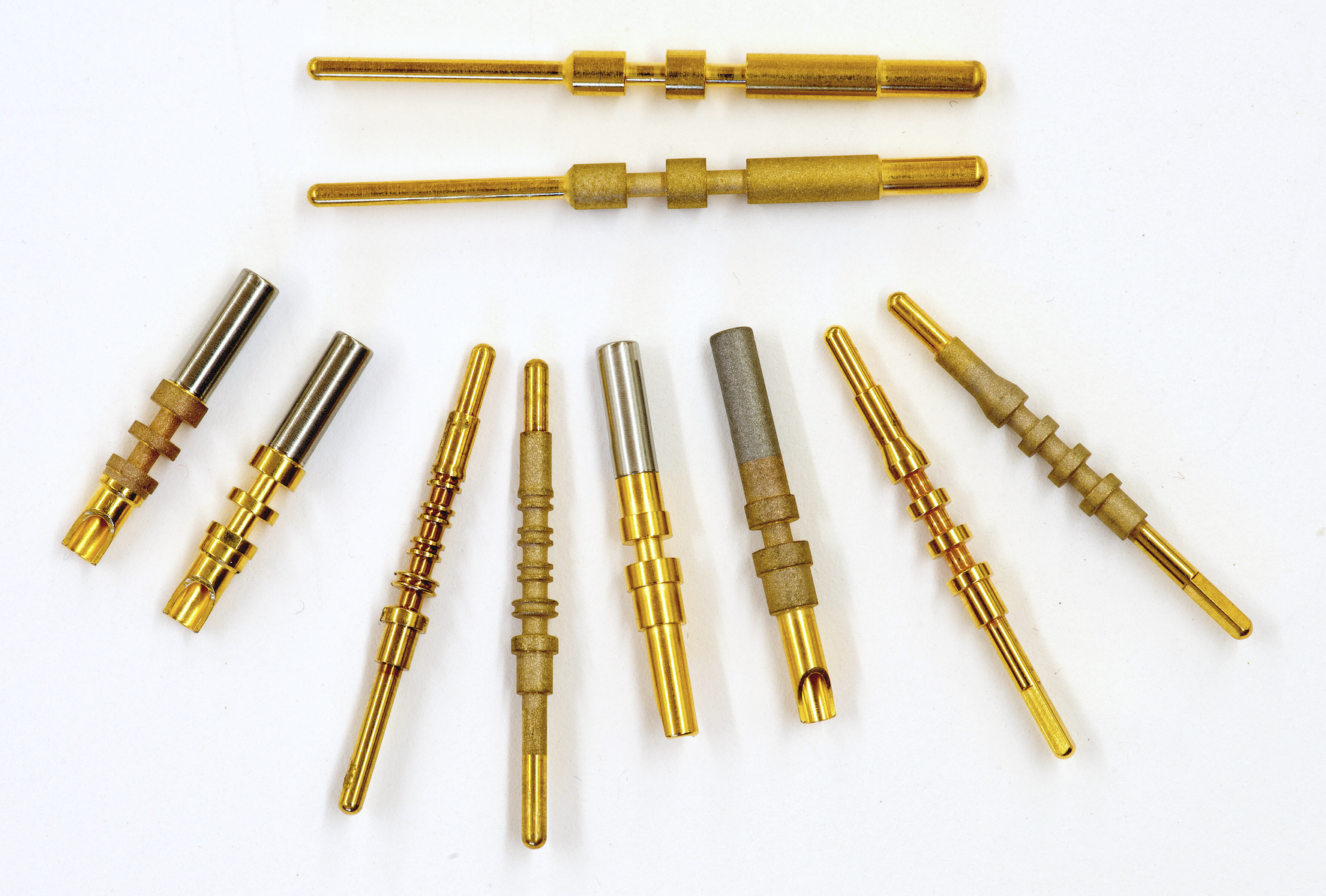Five Things to Consider When Specifying Metal Contact Materials
Contact materials can make a critical difference in the integrity, reliability, and durability of connectors. But not every application requires the highest-quality option.
By Steve Smashey, President, and Mike Conte, General Manager, SOS Engineering, Inc. contact materials
Small details in the quality and construction of interconnects can make a big difference in a system’s performance capabilities. This is especially true with regard to an interconnect’s contact structure and, more specifically, its contact materials. There are many factors to consider when specifying metal contacts, most of which — including mechanical performance, electrical performance, machinability, physical size constraints, cost, and availability — fall under the general umbrella of application requirements. In harsh environments, for instance, higher quality materials must be used to ensure consistent operational integrity, reliability, and durability.

Selecting the right materials for the male pins and female sockets in a given application can be challenging, as it can be difficult to strike the right compromise between so many variables. When considered within the context of the application at hand, five considerations: machinability, tensile strength, cost, and current-carrying abilities can help identify which metal contact material will provide the best all-around solution.

A graphical comparison of the machinability, tensile strength, cost, and current-carrying capacity of four common contact materials: brass, phosphor bronze, leaded nickel copper, and beryllium copper.
Tensile Strength
Higher quality materials inherently produce spring contacts with more tensile strength. Tensile strength is vital for the reliability and durability of interconnects that serve applications with high mating cycles and have long operating lives. High tensile strength ensures that female (socket) contacts spring back into place after each mating and unmating cycle, and proper placement ensures reliable connectivity for the next mating cycle.
Brass is commonly sourced for sockets used in commercial applications, while harsh-environment applications typically use leaded nickel copper or beryllium copper (BeCu). Phosphor bronze is also commonly used in harsh environments, as it has a higher tensile strength — and therefore better spring properties — than brass. However, its tensile strength is still not good enough for socket contacts smaller than 20 gauge. As such, both brass and phosphor bronze are not typically used for miniature connector contacts.
Contact size is also a consideration when choosing the material. Larger contacts usually have thicker walls, which helps to make sockets less susceptible to losing their spring properties. As a result, in many applications, large contacts can be made of lower quality, less costly materials.
Current-Carrying Capabilities
Electrical connectors are designed to pass electric currents or signals across a separable interface with as few alterations to the original signal as possible. Copper is one of the best conductors for electricity. Therefore, the higher the copper content in a contact material, the more current it can carry relative to its mass. However, copper is expensive. So, pin and socket contacts used to simply transfer a signal can often use materials with a lower copper content, while those used to pass significant electrical current generally require a material with a higher copper content.

A graphical comparison of the current-carrying capacity, machinability, and tensile strength of four common contact materials: brass, phosphor bronze, leaded nickel copper, and beryllium copper.
Cost
Electrical contacts are often one of the costliest aspects of a connector. It is no surprise that stronger metals with higher tensile strength and those with higher current carrying capacities cost more. Similarly, brass alloys are less expensive than leaded nickel copper (e.g., CDA 1915 or C97) and beryllium copper, and phosphor bronze costs more than brass, but less than alloys with a higher copper content.
Availability
The availability of metal materials affects manufacturing in two significant ways. The scarcer a metal, the more difficult it is to source and purchase — even at expectedly higher costs. Some types of copper, specifically C97 (a low-alloy copper) and beryllium copper, can also be difficult to source, which not only increases the cost, but also the lead-times for contact delivery.
Machinability
The easier a material is to machine, the less costly its contact manufacturing process. More machinable materials like brass are among the least costly to machine, while gummy materials like alloys with a higher copper content are more difficult and thus more expensive to machine. Difficulty is determined by how much a material wears on the machine tools. The gummier or harder the material, the more frequently machine tools need to be replaced, which extends manufacturing time and costs. This is one reason why metal alloys are frequently used in the manufacturing process. Removing copper and adding zinc, brass, or lead makes metal materials easier and less costly to machine. Beryllium copper alloys, on the other hand, require an extra heat treatment step in the manufacturing process to achieve their full tensile strength, which adds to their manufacturing time and cost.

SOS Engineering produces custom connector pins and sockets to meet virtually any application-specific design and performance requirements.
Conclusion
The material selection process is paramount to manufacturing reliable, high-performance connector contacts. Contacts destined for use in mission-critical applications, harsh-environment applications, and applications that require high power must utilize higher-performance, more expensive, and more difficult-to-acquire materials, like beryllium copper, or risk connectivity failures that can lead to any number of issues, ranging from significant equipment downtime to catastrophic failure. However, not every application requires the highest quality materials with superior tensile strength and current-carrying capacity. Commercial applications that aren’t subjected to harsh-environment conditions can utilize less costly brass contacts with little to no ramifications.
Considering the tensile strength, current-carrying capabilities, cost, availability, and machinability of the material options in the context of the application at hand can help identify which metal contact material will provide the best all-around solution. Materials experts and precision connector component suppliers can provide assistance as well.
Visit SOS Engineering, Inc. online.





